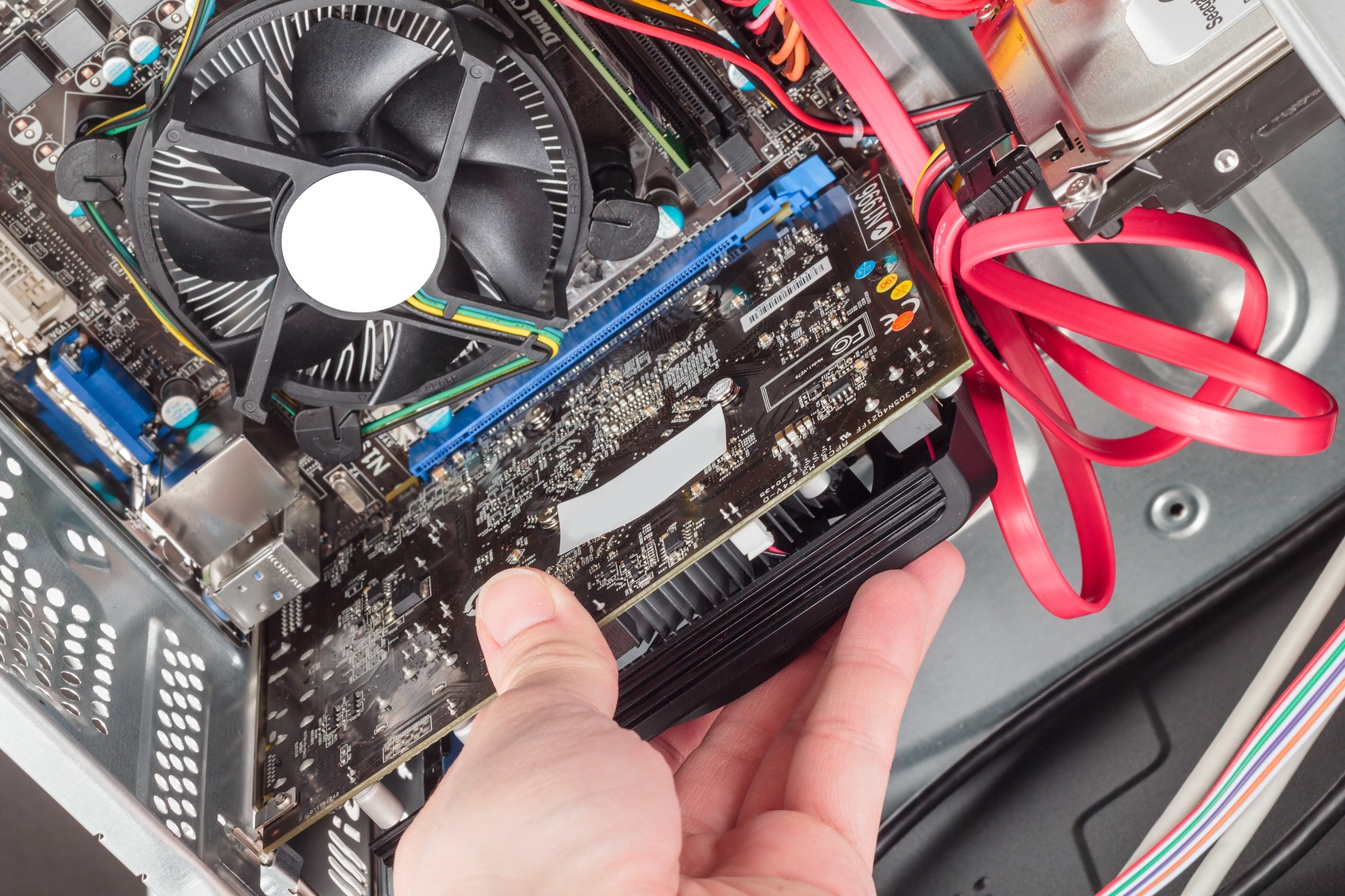Computers are integrated into society to such a degree that when they break down the consequences can be devastating.
Depending on what a computer is being used for, a user might be able to postpone a repair. However, there are circumstances when a repair is a necessity and must be done as soon as possible. The cost of repair tends to be a deciding factor in whether to have a computer fixed, and when. There are some troubleshooting points to keep in mind that could save time and money and enable one to repair a computer oneself.
Computers typically break down while in one of two states. One state is when a computer is booting (being powered on) and the other state is when a computer is already powered on and running. Different types of errors can occur while a computer is being powered on, but a common culprit between them is faulty RAM memory modules and power issues.
Whether a desktop or laptop computer is being used, their RAM memory modules can be easily accessible and relatively easy to test. A simple search of the internet on “how to troubleshoot RAM modules” will turn up a treasure trove of RAM troubleshooting information. Some types of power problems can be easily mitigated. Sometimes a laptop computer’s power “brick” or cord malfunctions and can be diagnosed relatively easy.
Using keyboards in a search such as “how to troubleshoot a laptop power cord” adding in the make and model of the laptop will reveal useful information. If troubleshooting desktop computer power issues, typically a side panel of the computer can be removed to reveal the power supply.
Once revealed, detaching the individual connections from the power supply to the motherboard and plugging them back in can serve to fix weak connections.
If that does not solve the problem, a power supply from a working computer can be swapped into the malfunctioning computer; it’s a relatively straightforward process to do this and, if confused, a search of the internet on “how to swap a power supply” can help.
Power issues and RAM issues can exhibit themselves while a computer is already powered on, so don’t rule out these issues if experiencing a computer run-time problem. However, the installed software on a computer can cause a variety of run-time problems.
Booting a computer into “safe mode” can help rule out RAM, power-supply, or other hardware issues. In short, if a computer and its programs can be powered on and run well while in safe mode, that tells you hardware is not the culprit and that the problem is in installed software.
A search of the internet to get familiar with safe mode can help. Computer-help forums on the internet where one can obtain the free assistance of an experienced computer user can be very helpful as well.

Leave a Reply